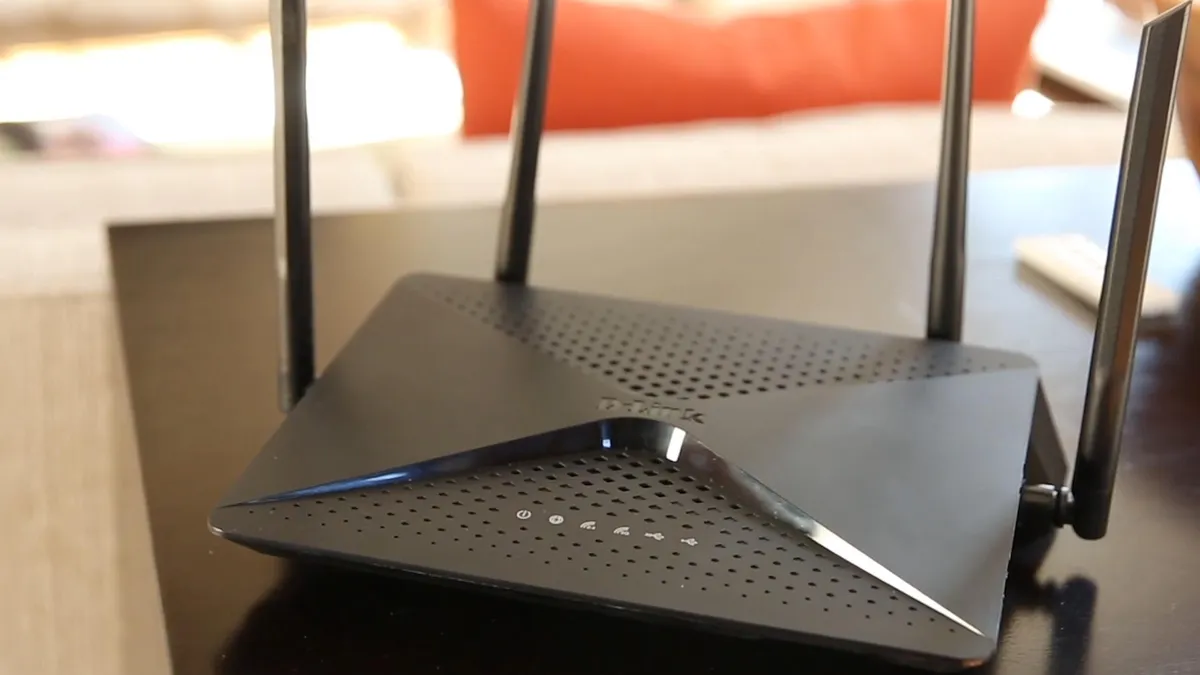In today’s hybrid work culture, a slow internet connection can be more than just a minor inconvenience; it can derail meetings, pause your Netflix stream, lag your PS4 gameplay, and stall productivity. Whether you’re working from home, managing a growing team, or simply trying to unwind after work, a fast and reliable Wi-Fi is essential.
For businesses and professionals seeking dependable wireless internet for office use or evaluating small office Wi-Fi solutions, improving your network doesn’t always require an overhaul. Here are 12 practical and effective ways to improve your internet speed and achieve faster, more stable internet performance.
1. Restart Your Router Regularly
Routers, like most devices, benefit from a restart. Rebooting your router can remove temporary memory bugs and refresh your internet connection. A weekly reboot schedule is usually sufficient to keep things running smoothly.
2. Reposition the Router for a Better Signal
Router placement plays a key role in signal strength. Position it in a central, elevated, and open area, not tucked in a corner or stacked behind a cabinet. Obstructions, such as walls, doors, and even large metal objects, can weaken the signal.
If your router is located under a desk or behind equipment, try moving it to a higher shelf in the middle of the room for improved coverage.
3. Update your Router’s Firmware
Router manufacturers often release firmware updates that fix bugs, improve speed, and boost security. Updating the software by logging into the admin panel of your router takes only a few minutes and can provide noticeable improvements.
If your router is older and doesn’t receive updates anymore, it might be time to consider an upgrade.
4. Change Your Wi-Fi Channel
If you’re in an office building or shared workspace, several Wi-Fi networks could be interfering with each other. Switching your Wi-Fi channel (on the 2.4GHz band) to a less crowded one can help reduce this interference and boost performance.
Some routers automatically pick the best channel, but you can manually change it in your router settings.
5. Use a Dual-Band or Tri-Band Router
If your office still relies on a single-band router, upgrading to a dual-band or tri-band option can make a significant difference. Dual-band routers come with two frequencies, 2.4GHz for wider coverage and 5GHz for faster speeds. Tri-band routers include an additional 5GHz band, better suited for offices with a high number of connected devices.
6. Upgrade your Devices
Outdated hardware may be holding you back. Devices that don’t support more modern Wi-Fi standards (such as Wi-Fi 5 or Wi-Fi 6) might hinder the performance of your network. Even the best internet plan won’t make a difference if your team is using older laptops or phones.
Consider upgrading key devices over time, starting with the ones that are used most for video conferencing or file sharing.
7. Secure your Network
An open or poorly secured network can attract unwanted users, slowing down your connection and exposing your data. Install WPA2 or WPA3 encryption, set strong passwords, and limit access to guests by creating a separate guest network.
Regularly review your list of connected devices to ensure only authorised users are on your network.
8. Extend Your Coverage
If some areas of your office have weak signals or dead spots, adding a Wi-Fi extender or installing a mesh Wi-Fi system can help. Mesh systems work especially well for multi-room or multi-story offices by distributing the signal evenly.
It’s a simple solution that avoids the frustration of dropped video calls or patchy downloads.
9. Manage High-Bandwidth Activities
Not all online activities are equal. Video streaming, large file transfers, and backups can use a lot of bandwidth. During work hours, these activities can interfere with more critical tasks like video calls or cloud access.
Configure Quality of Service (QoS) on your router to prioritise essential traffic like conferencing tools and VoIP apps.
10. Use Ethernet for Stationary Devices
For devices that don’t move, such as desktops, printers, or office phones, using a wired Ethernet connection is generally more reliable and stable than Wi-Fi. It also frees up your wireless bandwidth for mobile users.
A hybrid setup with both wired and wireless connections offers better stability overall.
11. Monitor Network Usage
It’s worthwhile to figure out what’s taking up your bandwidth. Many modern routers allow you to monitor traffic in real time. This can help you identify if a device is consuming too much data or if someone is downloading big files during high-usage times.
Once you know what’s affecting speed, you can make changes or implement time-based limitations.
12. Review Your Internet Plan
If you’ve optimised all you can and your connection is still slow, it might be time to upgrade your internet plan. Businesses often outgrow the plans they begin with. If your team has expanded, or if you’re using more cloud services than before, you might need a plan that includes faster speeds or dedicated bandwidth.
Why Spectra is a Smarter Internet Solution for Offices
For businesses that need reliable wireless internet for office environments or small office Wi-Fi solutions, Spectra delivers fast, secure, and scalable internet designed with performance in mind.
With Spectra’s office internet services, you get high-speed fibre connectivity, low latency, strong uptime, and dedicated customer support. Whether you’re a team of five or fifty, Spectra ensures your internet can keep up with your growth, your tools, and your expectations.
No buffering. No dropouts. Just a fast, stable internet that helps your business run better.
Final Thoughts
Improving your Wi-Fi speed doesn’t always mean spending big. Many simple fixes, like changing router placement, updating settings, or switching to a better channel, can have an immediate effect. But if your business relies on fast, consistent internet daily, it’s worth investing in better infrastructure and a provider that understands office needs.
With the right setup and a partner like Spectra, your internet becomes more than just a utility; it becomes a productivity tool.
